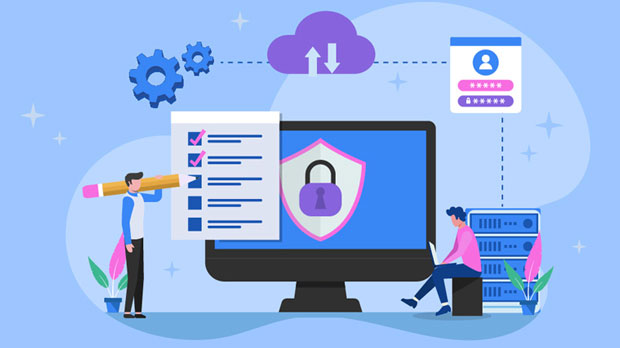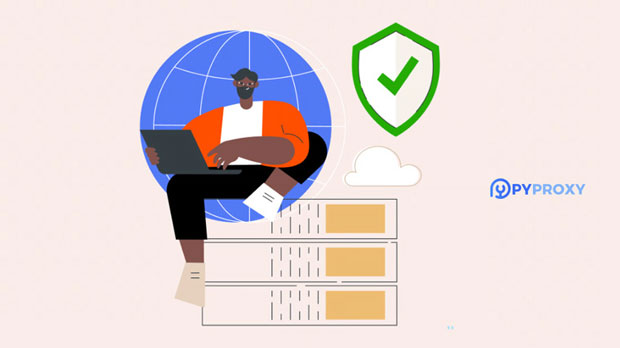The growing prominence of social media platforms, particularly Instagram, has led many marketers to explore new ways to reach their target audience. One such method is the use of 4G proxies, which are believed to provide advantages for Instagram marketing. But are they really suitable for this purpose? In this article, we will delve into the benefits and potential drawbacks of using 4G proxies for Instagram marketing. We will also evaluate how this technology can enhance or hinder marketing strategies, offering insights for businesses aiming to boost their Instagram presence. Understanding 4G Proxies and Their Role in Marketing4G proxies, unlike traditional proxies, are connected through mobile networks, typically offering faster and more reliable connections compared to Wi-Fi or broadband options. These proxies are often associated with mobile data networks, which make them ideal for managing multiple social media accounts without drawing suspicion. They offer marketers the ability to mask their identity, providing anonymity while conducting marketing activities.When it comes to Instagram marketing, 4G proxies enable businesses to manage their Instagram profiles efficiently without triggering Instagram's security mechanisms. These proxies can rotate IP addresses, helping marketers avoid IP bans, shadows, and restrictions imposed by Instagram when users engage in activities such as following, liking, or commenting excessively.Benefits of Using 4G Proxies for Instagram Marketing1. Enhanced Anonymity and PrivacyOne of the main benefits of using 4G proxies is the increased level of anonymity they provide. In the competitive landscape of Instagram marketing, privacy is crucial to avoid account suspensions or bans. Instagram is known for its strict guidelines and automated monitoring systems designed to detect suspicious behavior, such as excessive actions from a single IP address. By using 4G proxies, marketers can effectively distribute their activities across multiple IPs, reducing the risk of detection and account bans.2. Ability to Manage Multiple AccountsFor businesses managing several Instagram accounts—whether for different brands, clients, or products—4G proxies become an essential tool. Instagram’s algorithms may restrict or penalize accounts that show suspicious behavior, especially if they share an IP address. With 4G proxies, marketers can assign a different proxy to each account, allowing for smooth operations without raising red flags. This enables them to interact with a wide range of users and improve engagement rates, ultimately boosting their marketing reach.3. Bypass Instagram’s Geographic RestrictionsInstagram's geographical limitations can sometimes restrict content visibility, especially for global brands that wish to target users in specific regions. 4G proxies can help bypass these geographic restrictions by allowing marketers to mask their actual location. This enables businesses to tailor their marketing campaigns to specific regions, accessing targeted markets without facing the usual location-based limitations.4. Improved Success Rate of Automation ToolsMany businesses use automation tools to streamline their Instagram marketing strategies. These tools can help schedule posts, follow/unfollow accounts, and engage with followers automatically. However, Instagram’s algorithms are increasingly sophisticated and can detect and block accounts that rely heavily on automation. By using 4G proxies, marketers can rotate IP addresses, allowing automation tools to function seamlessly without triggering Instagram’s security measures, ultimately improving the success rate of these tools.Drawbacks of Using 4G Proxies for Instagram Marketing1. High Cost and MaintenanceWhile 4G proxies offer various benefits, they come with a significant cost. Unlike other types of proxies, 4G proxies can be expensive, especially when businesses require multiple proxies for different accounts. Additionally, maintaining a network of 4G proxies can be time-consuming and costly, as they often require regular updates and careful management to avoid conflicts between IP addresses and accounts.2. Potential Connection Instability4G proxies rely on mobile networks, which can sometimes be less stable than fixed broadband connections. In areas with weak signal reception or network congestion, the quality of the connection may fluctuate, affecting the performance of marketing campaigns. Marketers may experience slower load times, disruptions in automation processes, or problems accessing Instagram’s platform altogether, which could result in missed opportunities or inconsistent engagement.3. Risk of Overuse and Account PenaltiesDespite the advantages of rotating IPs, overusing 4G proxies can still lead to account penalties. Instagram has sophisticated monitoring systems that analyze user behavior patterns, and if these patterns appear to be artificial or manipulated, accounts may be penalized, even if they are using proxies. Marketers must be careful not to over-automate or engage in practices that could be perceived as spammy, as this could trigger Instagram’s account review process.Best Practices for Using 4G Proxies in Instagram Marketing1. Use Quality ProxiesNot all 4G proxies are created equal. It’s important to choose high-quality, reliable proxies from reputable providers to ensure stability and security. Quality proxies are less likely to be flagged by Instagram and will provide better performance for marketing activities. Businesses should invest in proxies that offer fast speeds, strong security features, and good customer support.2. Monitor Account ActivityAlthough 4G proxies can help evade detection, marketers must still be vigilant about their Instagram activity. It’s important to ensure that the behavior on each account appears natural. For example, avoid engaging in excessive automation or conducting too many actions in a short amount of time. By monitoring account activity closely, businesses can reduce the risk of penalties or bans.3. Use Proxies in Conjunction with Other ToolsTo maximize the effectiveness of 4G proxies, marketers should consider combining them with other tools, such as social media management platforms, content scheduling tools, and analytics software. This combination allows for better control over marketing campaigns, ensuring that efforts are spread across multiple channels and that results are carefully tracked and optimized.ConclusionIn conclusion, 4G proxies can be a powerful tool for Instagram marketing, offering enhanced anonymity, the ability to manage multiple accounts, and the option to bypass geographic restrictions. However, businesses must weigh the benefits against the potential drawbacks, including cost, connection instability, and the risk of account penalties. By following best practices and using high-quality proxies, marketers can improve their chances of success while mitigating risks. For businesses looking to optimize their Instagram marketing efforts, 4G proxies represent a valuable yet nuanced option worth considering.
Aug 12, 2025



































































